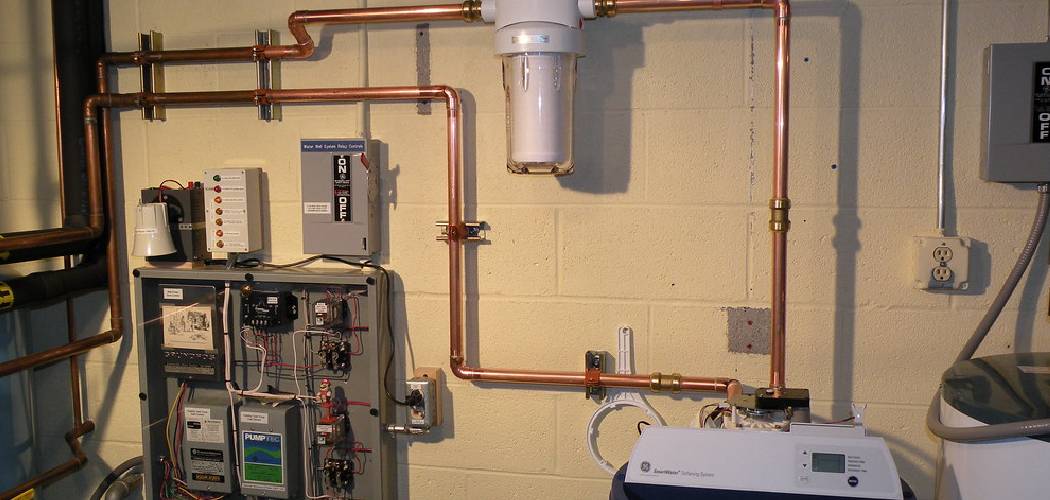As winter approaches, it’s essential to safeguard your home’s water softener from the harsh chill to ensure it continues to function efficiently. Water softeners are susceptible to damage from freezing temperatures, which can lead to costly repairs or replacements. In this comprehensive guide, we will explore practical steps to protect your water softener from freezing during the winter months.
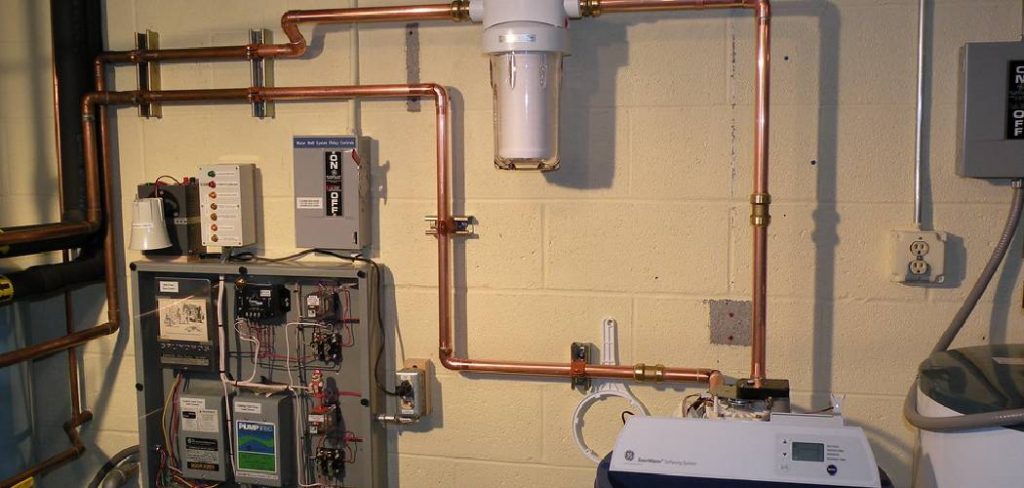
From insulating your water softener unit to preventing frozen pipes, we’ll provide you with valuable insights for how to protect water softener from freezing. Whether you’re a homeowner in a cold climate or a professional plumber looking for winter care tips to share with clients, understanding how to protect your water softener from freezing is vital. Let’s dive into the strategies that will keep your water softener running smoothly even in the coldest of winters.
Importance of Protecting a Water Softener from Freezing
Water softeners are important appliances used to remove minerals such as calcium and magnesium from hard water. They help improve the efficiency of household appliances, reduce soap scum buildup, and extend the lifespan of plumbing systems. However, during cold winter months, water softeners are at risk of freezing due to their exposure to low temperatures. This can cause serious damage to the unit and result in costly repairs or replacements.
In order to prevent this from happening, it is important to take proper precautions and protect your water softener from freezing. In this document, we will discuss some key steps you can take to ensure that your water softener stays safe during winter months. These steps are simple and can save you time, money, and inconvenience in the long run.
10 Methods How to Protect Water Softener from Freezing
1. Insulate the Water Softener
Insulating your water softener is one of the best ways to protect it from freezing. Insulation can help keep the temperature inside the unit stable and prevent any cold air from entering. You can use a variety of materials for insulation, including foam board, bubble wrap, or even old blankets. Just make sure that whatever material you use is thick enough to provide adequate protection from the cold.
2. Install a Heater
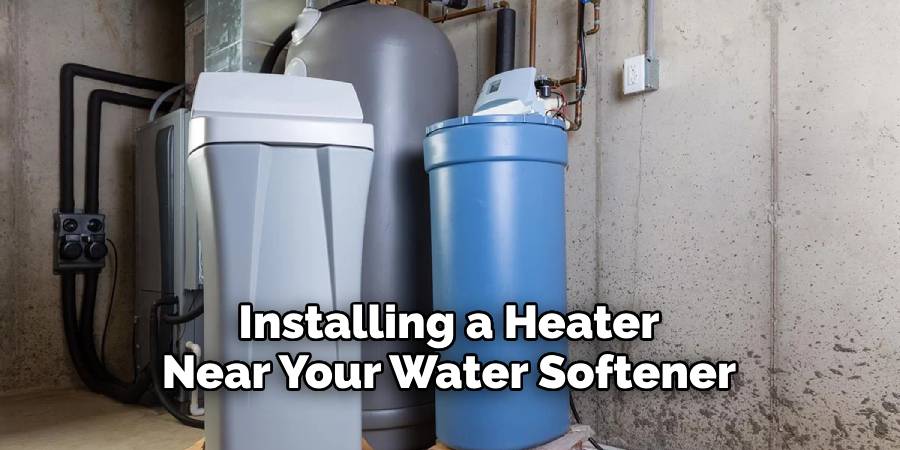
Installing a heater near your water softener is another great way to protect it from freezing temperatures. Heaters are designed to keep the temperature inside the unit constant, which prevents ice from forming inside the unit and damaging it. Be sure to choose a heater that is rated for outdoor use and has an adjustable thermostat so you can adjust the temperature as needed.
3. Move It Indoors
If possible, moving your water softener indoors during cold weather can help protect it from freezing temperatures. This will ensure that your unit stays warm and dry at all times, which will help extend its lifespan and reduce maintenance costs over time. Just be sure to make sure there is adequate ventilation in the room where you move it so that moisture doesn’t build up inside the unit.
4. Use an Antifreeze Solution
Using an antifreeze solution in your water softener is another effective way to protect it from freezing temperatures. Antifreeze solutions are designed to lower the freezing point of water, which helps prevent ice crystals from forming inside your unit and damaging it.
Be sure to follow all manufacturer instructions when using an antifreeze solution in your water softener, as improper usage could lead to damage or malfunctioning of the unit itself.
5. Install a Drain Line
Installing a drain line on your water softener is another great way to protect it from freezing temperatures during cold weather months. A drain line allows excess moisture within the unit to escape, which helps keep internal temperatures stable and prevents ice crystals from forming inside the unit itself.
Be sure to check with local building codes before installing a drain line, as they may require certain safety measures to be taken when doing so in order for it to be approved for use in residential areas.
6. Wrap It In Plastic
Wrapping your water softener in plastic during cold weather months can also help protect it from freezing temperatures outside of its normal operating range. By wrapping plastic around your unit, you create an extra layer of insulation that helps keep internal temperatures stable and prevents ice crystals from forming inside of it due to extreme cold outside temperatures or drafts coming through windows or doors in your home or business space where you have installed this device..
7. Use Heat Tape
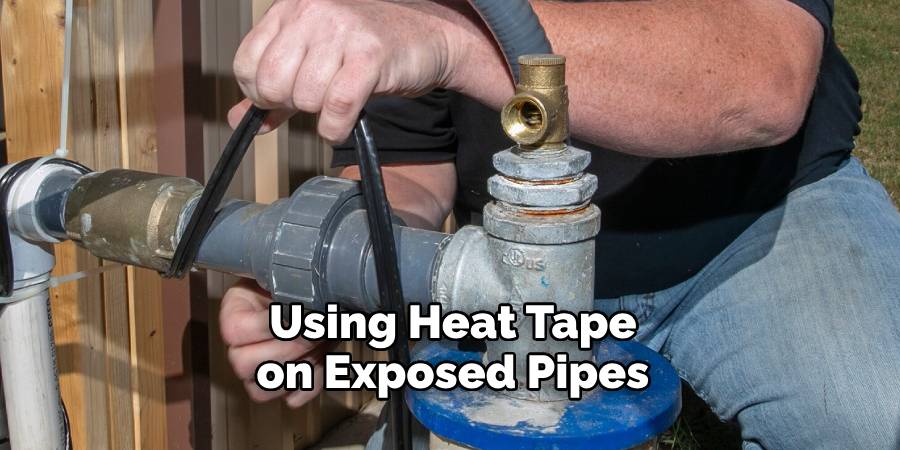
Using heat tape on exposed pipes leading into or out of your water softener can also help protect it from freezing temperatures during colder months of the year when these kinds of conditions are more likely to occur outside.
Heat tape works by providing extra warmth around these pipes, which then keeps them above their normal operating range, thus preventing any kind of freeze-up occurring that could cause damage either directly or indirectly through pressure build-up within the system itself due to lack of proper drainage being available.
8. Keep Doors Closed
Keeping doors closed around areas where you have installed your water softener can also help protect against potential freeze-ups due to exposure extreme cold air coming into the area if left open too long periods of time while not actively using this device.
By keeping doors closed at all times, you create a barrier between the interior space and exterior environment, which then helps maintain warmer temperature levels within the vicinity, thus helping prevent any kind of sudden drop below acceptable operating range should happen unexpectedly during colder months year.
9. Add Extra Insulation
Adding extra insulation around areas where you have installed your water softener can also be beneficial in protecting against any potential freeze-ups due to exposure to extreme cold air coming into the area if not already insulated properly begin with.
Extra insulation like foam board, bubble wrap, blankets, etc., can provide an additional barrier between interior space and exterior environment, thus helping maintain warmer temperature levels within vicinity thus helping preventing any kind of sudden drop below acceptable operating range should happen unexpectedly during colder months year.
10. Keep the Unit Away From Windows
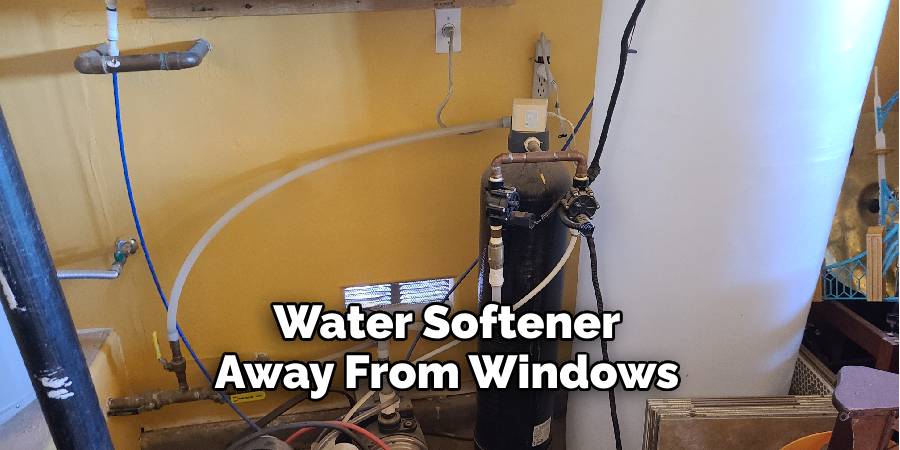
Finally, keeping your water softener away from windows and other drafty areas of home office space where you have installed this device can also be beneficial in protecting against potential freeze-ups due to exposure to extremely cold air coming into the area if not already done with.
By keeping away windows and other drafty areas, you create additional barriers between interior space and exterior environment thus helping maintain warmer temperature levels within the vicinity thus helping prevent any kind of sudden drop below acceptable operating range should happening unexpectedly during colder months of year.
Things to Consider When Protecting Water Softener from Freezing
One of the most important things to consider when protecting your water softener from freezing is to make sure it is properly insulated. This means adding insulation around the pipes and tanks that hold the water softening solution. Insulation can help prevent heat loss and keep the temperature inside your water softener above freezing.
Another crucial aspect is to keep your water softener in a heated area. This can be a basement, garage, or any other indoor space that stays above freezing temperatures. If you have an outdoor water softener, it may be necessary to move it indoors during the winter months to protect it from freezing.
Regularly checking your water softener for any leaks or damage is also important. A small leak can quickly turn into a big problem if left unnoticed, especially during freezing temperatures. If you notice any issues, address them immediately to prevent further damage and potential freezing.
Additionally, consider installing a freeze protection valve or heat tape to your water softener. These devices can help regulate the temperature and prevent freezing. However, it’s important to regularly check these devices as well to ensure they are functioning properly.
Common Mistakes to Avoid When Protecting Your Water Softener from Freezing
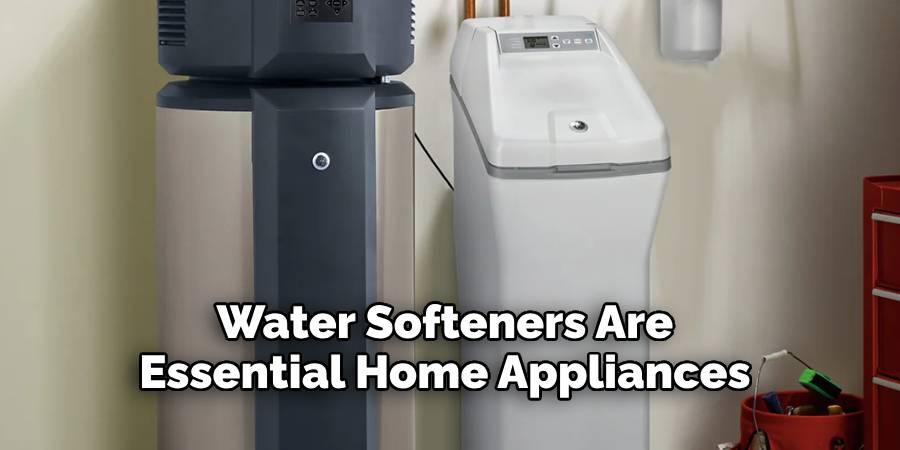
Water softeners are essential home appliances that help to remove minerals such as calcium and magnesium in hard water, making it easier for you to use soap, shampoo, and detergents. They also protect your pipes and plumbing fixtures from the buildup of limescale.
As temperatures drop during winter months, it is important to properly protect your water softener from freezing in order to avoid any potential damage. Here are some common mistakes to avoid when protecting your water softener from freezing.
Not Insulating Your Water Softener
One of the biggest mistakes homeowners make is not properly insulating their water softener. This can leave your appliance vulnerable to freezing temperatures, which can cause pipes to burst and damage internal components. Make sure to use insulation blankets or foam sleeves specifically designed for water softeners to keep them protected during winter.
Ignoring Maintenance
Regular maintenance is crucial for keeping your water softener in good working condition, especially during the colder months. Neglecting maintenance tasks such as checking for leaks or replacing filters can lead to more severe problems down the line. It is important to follow the manufacturer’s recommended maintenance schedule and make any necessary repairs before winter arrives.
Not Draining Your Water Softener
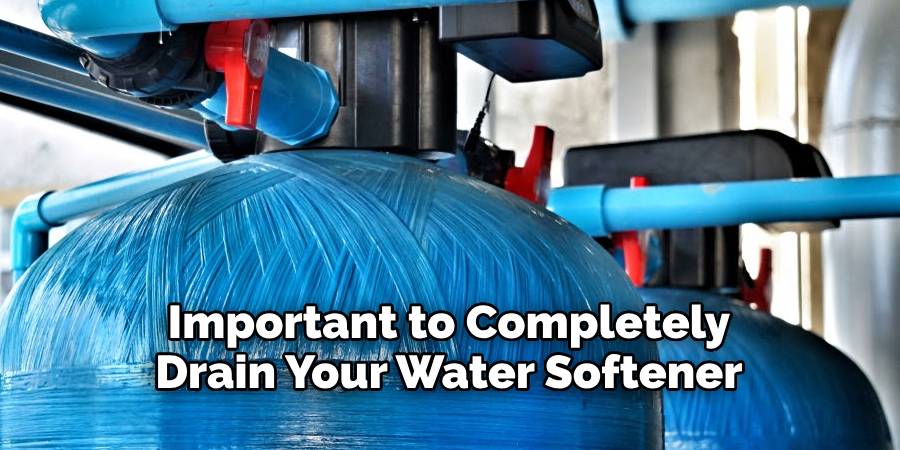
If you plan on leaving your home for an extended period of time during the winter, it is important to completely drain your water softener before you go. This will prevent any residual water from freezing and potentially causing damage. Simply turn off the unit and open all valves to allow any remaining water to drain out.
Conclusion
In conclusion, it is important to take protective measures to ensure that your water softener system doesn’t freeze and become damaged or even destroyed. Taking preventative action such as insulating the pipes and tank, using an extra insulation wrap, draining the system before temperatures dip below 32°F, adding a heater, or moving the unit indoors can all help to protect it from the cold winter temperatures. By taking these precautionary steps you can ensure that your water softener will be around for many years to come.
With all of this information in regards to how to protect water softener from freezing, you should feel more prepared and knowledgeable on the matter. If you’re still unsure of what actions would best suit your particular situation then don’t hesitate to contact a certified professional who can advise you on how to best protect your water softener. Don’t take any chances – take care of your water softener now so it can continue working long into the future!

